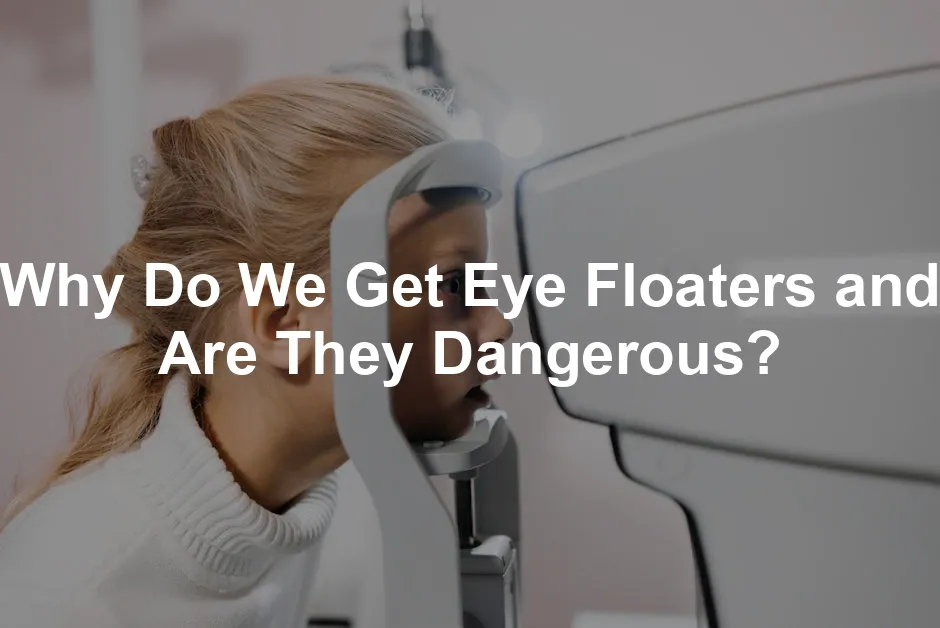
Why Do We Get Eye Floaters and Are They Dangerous?
Introduction
Have you ever noticed little specks drifting through your vision? These pesky nuisances are known as eye floaters. They can appear as dots, lines, or even cobweb-like shapes and are surprisingly common. Most people will encounter them at some point in their lives, especially as they age. While floaters are usually harmless, they can be quite concerning. Many people worry that these little intruders might signal something more serious lurking in their eyes.
This article aims to clarify why floaters occur, their potential dangers, and when you should seek medical assistance. By the end, you’ll grasp the floaty phenomenon and know when it’s time to call your eye doctor.
Understanding Eye Floaters
What are Eye Floaters?
Eye floaters are small shapes that drift across your field of vision. They can resemble spots, squiggly lines, or even cobwebs. When you try to look directly at them, they often dart away, making them even more annoying. These floaters are primarily caused by changes in the vitreous humor, the gel-like substance filling your eye. As you age, this jelly-like material begins to liquefy and shrink, leading to the formation of tiny clumps. These clumps cast shadows on your retina, creating the illusion of floaters.
If you spend long hours in front of screens, you might want to protect your eyes with Blue Light Blocking Glasses. These stylish specs can reduce eye strain and keep those floaters at bay while you binge-watch your favorite shows or work late into the night!
How Do Floaters Develop?
Most floaters are age-related. As your vitreous humor changes, it can create these annoying little specks. Studies show that about 70% of people will notice floaters by age 70. However, younger individuals may also experience floaters, particularly if they are nearsighted, have suffered from eye injuries, or have undergone eye surgeries. Floaters can pop up seemingly out of nowhere, causing a moment of panic before you realize they are usually benign.
In summary, while floaters can be bothersome, they are often a normal part of aging and eye health. However, it’s essential to be aware of sudden changes in their appearance, as these could indicate more serious conditions that require immediate medical attention.

Causes of Eye Floaters
Eye floaters are often a natural part of life, but what exactly causes these pesky specks? Let’s break it down!
Common Causes
The Natural Aging Process: As we age, our vitreous humor—the gel-like substance filling our eyes—starts to change. It becomes less firm and more liquid, leading to clumping of collagen fibers within. This clumping creates shadows on the retina, resulting in floaters. Think of it as your eye’s way of throwing a small party of tiny shadows that dance around!
Other Common Conditions: Some conditions make floaters more likely. For instance, nearsightedness can increase the risk, as people with this condition often have elongated eyes, leading to more vitreous changes. Diabetes is another culprit; it can cause damage to the retina, resulting in floaters. Inflammatory conditions like uveitis can also contribute, as inflammation can disturb the vitreous.
Want to take proactive steps for your eye health? Consider adding Antioxidant Supplements for Eye Health to your daily routine. These little wonders can help support your vision and fight off those pesky floaters with the power of nutrition!
Serious Causes
While most floaters are harmless, some can signal more serious issues. If you’ve ever had that sinking feeling when you notice a sudden increase in floaters, you might want to pay attention.
- Retinal Tears and Detachments: If the vitreous pulls away from the retina too forcefully, it can cause a tear. This tear may lead to retinal detachment, a serious condition that can threaten your sight. If you see a large number of new floaters suddenly, it’s time to call your eye doctor!
- Inflammatory Conditions (Uveitis): This condition refers to inflammation of the uvea, which can lead to floaters as inflammatory debris enters the vitreous. Uveitis can be associated with autoimmune diseases, infections, or even trauma.
- Eye Infections: Infections affecting the eye, such as endophthalmitis, can lead to floaters. This condition can occur after surgery or as a result of an injury. Don’t brush off floaters if paired with redness or pain!
- Eye Injuries: Trauma to the eye can cause bleeding, which may appear as floaters. Even a seemingly minor bump can lead to significant changes within the eye.
In summary, while floaters are often benign, it’s crucial to be aware of underlying causes. If you notice a sudden change or increase in floaters, don’t hesitate to seek medical advice. Your eyes are worth it!
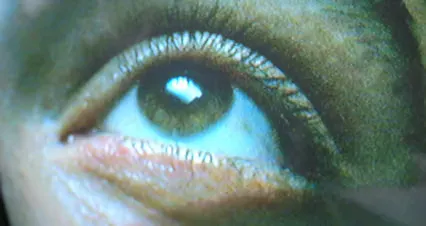
Symptoms Associated with Eye Floaters
Recognizing Floaters
So, what do floaters actually look like? They can appear as small dark spots, squiggly lines, or even cobweb-like shapes. They float around in your vision and move as your eyes move. If you try to look directly at them, they seem to dart away—like shy little creatures trying to escape your gaze. Floaters are often more noticeable against bright backgrounds, making them stand out like a sore thumb against a clear blue sky or a blank white wall.
As you navigate through life, consider keeping an Eye Care Journal. Tracking your eye health can help you notice changes over time so that you can alert your doctor if something seems off. Your future self will thank you!
When to Seek Medical Attention
Not all floaters are created equal. While many are harmless, certain symptoms should prompt immediate medical attention. Keep an eye out for the following:
- Sudden Increase in Floaters: If you notice a sudden spike in floaters, it could indicate a retinal tear or detachment.
- Flashes of Light: Seeing flashes, especially in conjunction with floaters, may suggest that your retina is being pulled or torn.
- Peripheral Vision Loss: If you experience a dark shadow or curtain obstructing your peripheral vision, it’s time to seek help.
- Curtain-like Shadows in Vision: This symptom can signal a serious issue and should be checked out immediately.
If you encounter any of these alarming symptoms, don’t wait. A timely visit to an eye care professional can make all the difference in preserving your precious sight. Remember, it’s always better to be safe than sorry!

Are Eye Floaters Dangerous?
Understanding the Risks
Most eye floaters are like those uninvited guests at a party—annoying but not harmful. They often appear as small dots, lines, or cobwebs drifting across your vision. These floaters typically result from natural changes in the vitreous humor, the gel-like substance in your eye. As we age, this gel can become more liquid, causing tiny collagen fibers to clump together and cast shadows on the retina. In simple terms, floaters happen to almost everyone and are usually harmless.
However, things can get a bit serious if you start noticing new floaters suddenly. A sudden increase in floaters, especially if accompanied by flashes of light, could indicate something sinister, like a retinal tear or detachment. Think of your retina as the movie screen for your vision. If it gets damaged, the show might not go on. Retinal detachment is a serious condition that can threaten your sight.
Retinal tears can occur when the vitreous pulls too hard on the retina. This can lead to more floaters and possibly vision loss if not treated promptly. So, while most floaters are benign, keep an eye on any sudden changes. It’s wise to consult an eye care professional if you notice new floaters, especially if they come with other symptoms.
Medical Perspectives
According to eye care experts, it’s essential to differentiate between benign floaters and those that might signal a more severe issue. Dr. Joseph Newman, a retinal specialist, emphasizes that while floaters are common and usually harmless, they can lead to complications if associated with flashes of light or peripheral vision loss. He states that around 1 in 10,000 cases can result in retinal detachment, making it crucial to stay vigilant.
Statistics reveal that the incidence of retinal detachment increases with age, particularly in individuals over 50. In fact, nearly 20% of people will experience a retinal detachment in their lifetime. So, while it might feel like a small inconvenience, the stakes can be quite high with eye floaters. If you experience an uptick in floaters or notice other alarming symptoms, don’t hesitate to get checked out. Your eyes will thank you for it!
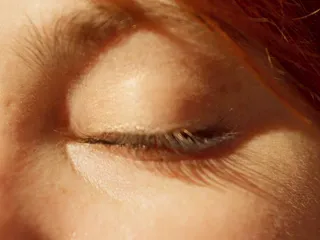
Diagnosis and Treatment Options
Diagnosis
Diagnosing eye floaters usually starts with a visit to your eye doctor. They’ll likely perform a dilated eye exam, which involves using eye drops to widen your pupils. This allows the doctor to see the back of your eye more clearly, including the vitreous and the retina. During the exam, your doctor will look for any signs of retinal tears or detachments.
Additionally, they may use specialized imaging tests like ultrasound if they suspect more serious conditions. This helps in visualizing the retina’s structure and checking for abnormalities. It might sound a bit intimidating, but these tests are generally painless and crucial for your eye health.
In most cases, floaters are found to be harmless, but if your doctor does spot a tear or detachment, they will discuss treatment options right away. The key takeaway here is that a proper diagnosis can help differentiate between the usual floaters and those that might require medical intervention.
Stay proactive about your eye health. Regular check-ups can catch potential problems before they escalate. If you notice any sudden changes, don’t ignore them; your vision is worth the extra attention!
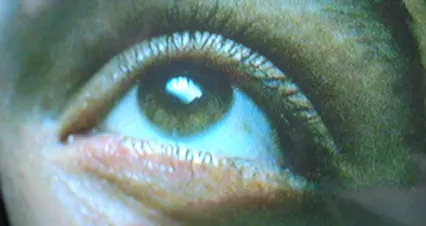
Treatment Options
Most eye floaters are like those awkward party guests that never leave. They often don’t require treatment unless they start obstructing your vision. If floaters are frequent and bothersome, it’s time to consider your options.
Observation and management are the go-to strategies. In most cases, doctors recommend simply monitoring the floaters. Your eye health professional will reassure you that floaters are usually harmless. They might even suggest you give it time; many floaters become less noticeable as you adapt.
However, if floaters obstruct your vision significantly, more aggressive treatments may be necessary. One such option is vitrectomy. This is a surgical procedure where the vitreous gel is partially or completely removed. It’s typically reserved for severe cases since it carries risks like cataracts or retinal detachment. If your vision is at stake, though, it could be worth discussing with your doctor.
Another option is laser treatment, known as vitreolysis. This technique targets larger floaters, breaking them apart to reduce their visibility. While effective for some, it isn’t suitable for everyone and requires careful evaluation to avoid potential complications.
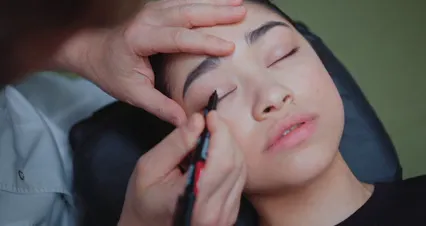
Lifestyle and Prevention
Eye Health Maintenance
Maintaining good eye health is like keeping your car running smoothly; regular check-ups can save you from bigger problems later. Start with a balanced diet rich in antioxidants. Foods like carrots, leafy greens, and fish can help keep your eyes in top shape. Consider trying an Eye Health Cookbook for delicious recipes that nourish your vision!
Regular eye exams are vital. These check-ups allow your eye care professional to monitor your vision and catch any issues early. If you have existing conditions like diabetes or high blood pressure, make sure to visit your eye doctor annually.
Lifestyle choices matter too! Quitting smoking can significantly reduce your risk of developing floaters. Also, manage screen time. The 20-20-20 rule is your friend: every 20 minutes, look at something 20 feet away for 20 seconds. This helps reduce eye strain and may keep those pesky floaters at bay.
Lastly, stay active! Regular exercise improves circulation, which benefits your overall eye health. So go ahead, take that brisk walk or join a dance class. Your eyes will thank you for it!

Conclusion
Eye floaters can be a nuisance, appearing as little specks or lines that drift across your vision. They are often harmless and a common part of aging. Most floaters happen when the vitreous humor in your eye changes, causing tiny clumps that cast shadows on your retina. While most floaters are benign, sudden changes in their appearance warrant attention.
If you notice a sudden increase in floaters, especially if accompanied by flashes of light or peripheral vision loss, it’s crucial to seek medical help. These could be signs of serious conditions like retinal tears or detachments. Your eyes are precious, and timely intervention can be vital for preserving your sight.
Regular eye check-ups are essential, even if floaters seem harmless. An eye care professional can monitor any changes and ensure your eye health remains in check. Don’t ignore those floaters—your vision deserves the best!

FAQs
What can I do if I notice new floaters?
If you notice new floaters, especially a sudden increase, it’s wise to consult an eye doctor. They may perform a dilated eye exam to check for any underlying issues. If you experience flashes of light or peripheral vision loss, seek immediate medical attention.
Are there any home remedies for floaters?
While there aren’t specific home remedies, lifestyle changes can help. Eating a nutritious diet rich in vitamins A, C, and E may support eye health. Staying hydrated and avoiding smoking are also beneficial. Regular exercise can improve circulation, promoting overall eye health.
Can eye floaters affect my vision long-term?
Most floaters do not significantly impact vision in the long term. Many people learn to ignore them over time. However, if they obstruct your vision or increase dramatically, follow up with a healthcare professional to evaluate the situation.
Do eye floaters go away on their own?
Floaters may not disappear entirely, but they can become less noticeable. Many people report that floaters settle out of their line of sight or diminish as the brain adapts. If floaters persist or worsen, consulting an eye specialist is recommended.
How often should I have my eyes examined if I have floaters?
It’s generally advisable to have an eye exam every two years if you’re healthy. However, if you have floaters or other eye conditions, annual check-ups are recommended. Discuss your specific situation with your eye care provider to establish the best routine for your eye health.
Please let us know what you think about our content by leaving a comment down below!
Thank you for reading till here 🙂
Understanding eye floaters is essential for recognizing when they might indicate a more serious condition. Why do we get eye floaters and are they dangerous
All images from Pexels




